It consists of a clock resting on four arched feet, with rococo decoration characterized by the fancy of the contoured lines reminiscent of the volutes of seashells with their windings, as well as a pair of candelabra with two intertwined sconces with very rococo decoration,pronounced, with foliage and flowers forming bobeches.
Each piece is enhanced by small blue velvet cushions in wood gilded with gold leaf.
The three cushions have been completely restored by the HENDA BAYOUD workshops (Paris-Ile de France) where the know-how and the concern to preserve our beautiful heritage, in the rules of the art are the pillars of this workshop.
Its dial accompanied by a chiseled needle features Roman numerals.
Original movement without modification, striking of the hours and half-hours on an old bell.
Period: End of the 19th century - Napoleon III
Style: Louis XV
Measures: Pendulum - H: 37 x W: 40 x D: 21cm
Candelabra:H:26 x L:38 x P:13cm
Provenance: France
Gilding on metal is often done with mercury. Gold is in the form of a pellet, mixed with mercury. It is applied to the metal surface (bronze, copper) using a wire brush.
The mercury must then disappear, either by evaporation if it is heated, otherwise by volatilization if it is dried in the open air.
The laying of gold can also be done by electrolysis. The passage of electric current will transfer the metal to the support. In both cases, the gilding must then be browned with agate or mat, and patinated.
In the language of the gilders, burnishing means "sanding" of the sheet. To carry out this operation specific tools are used, these are "agate stone burnishers".
Agates come in several sizes and shapes depending on the work to be done.
Certificate of authenticity delivered with the object.
https://www.pyantics.com
https://www.marchebiron.com
https://www.pucesdeparissaintouen.com














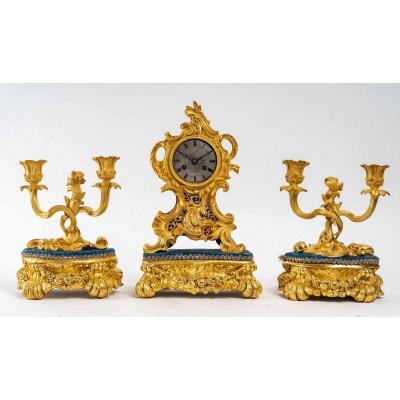













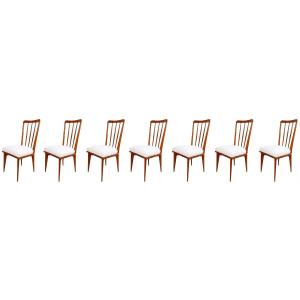
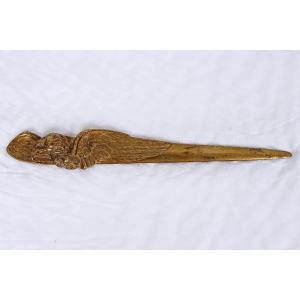
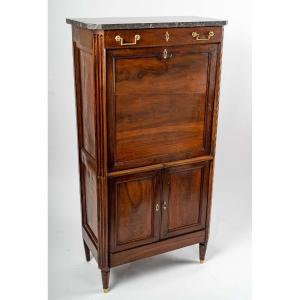
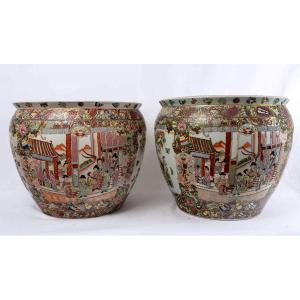

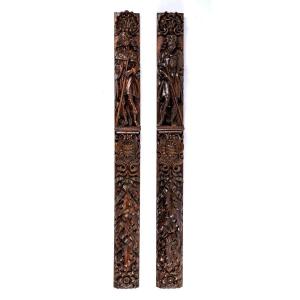

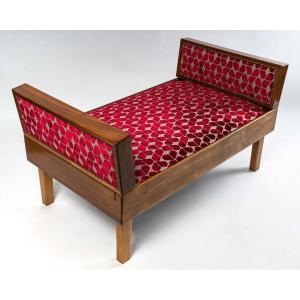


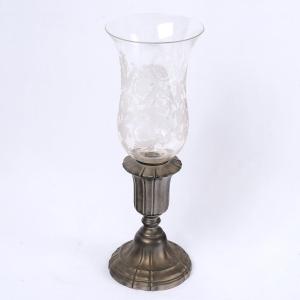
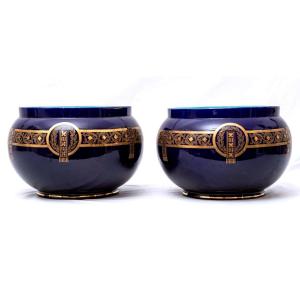

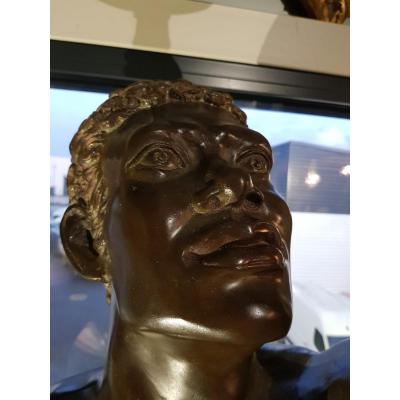
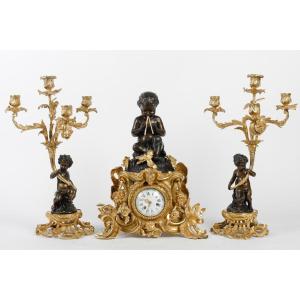
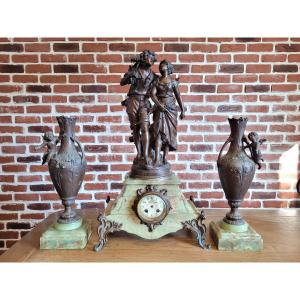


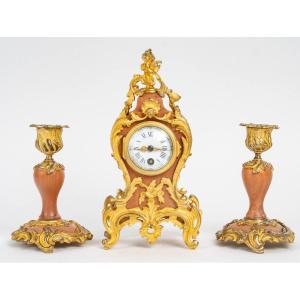



 Le Magazine de PROANTIC
Le Magazine de PROANTIC TRÉSORS Magazine
TRÉSORS Magazine Rivista Artiquariato
Rivista Artiquariato